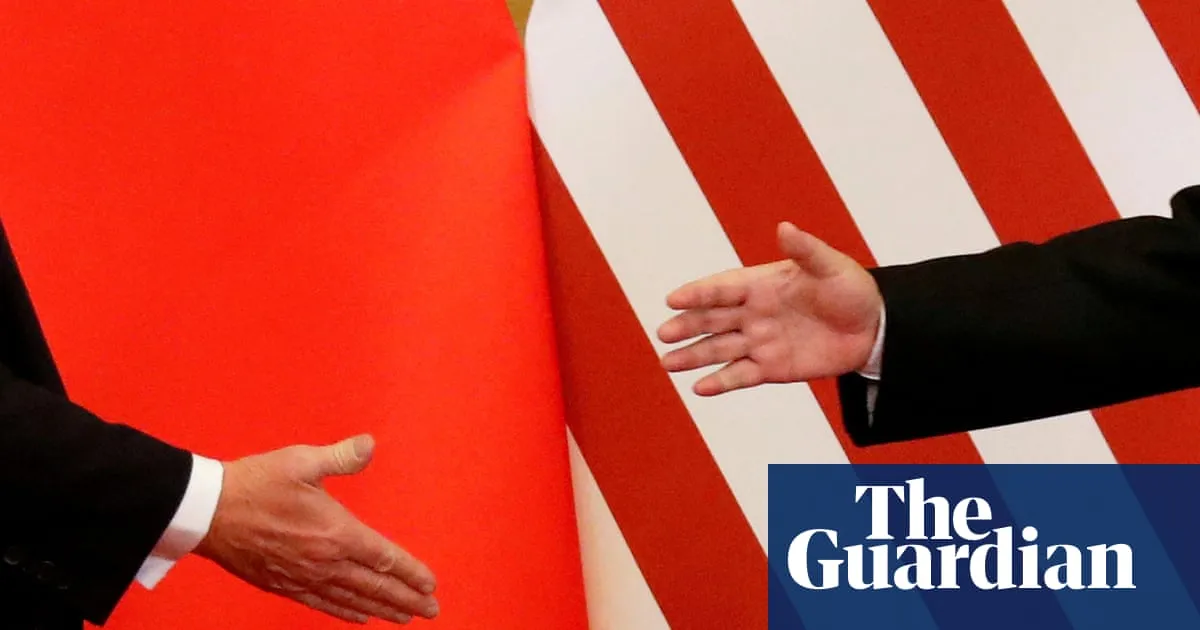
The United States and China have successfully negotiated a framework for a significant trade deal, just days before President Donald Trump and Chinese President Xi Jinping are set to meet. This agreement, established during the Association of Southeast Asian Nations (ASEAN) summit in Malaysia, aims to eliminate the looming threat of 100% tariffs on Chinese imports that were scheduled to take effect on November 1. Treasury Secretary Scott Bessent announced that the deal also includes provisions concerning the sale of TikTok in the United States.
Trump arrived in Malaysia on Sunday as part of a five-day Asia tour, which is expected to culminate in a pivotal face-to-face meeting with Xi in South Korea on Thursday. Following the initial talks, President Trump expressed optimism about the negotiations, stating, “I think we’re going to have a deal with China.” This sentiment was echoed by Bessent, who noted that China had agreed to delay the implementation of export controls on essential minerals used in fighter jets, smartphones, and electric vehicles for a year as part of this truce.
Li Chenggang, China’s top trade negotiator, confirmed that both parties have reached a “preliminary consensus” and will now move forward with their respective internal approval processes. “The US position has been tough,” Li remarked. “We have experienced very intense consultations and engaged in constructive exchanges to explore solutions and arrangements to address these concerns.” This thorough dialogue marks a notable shift in the often-contentious relationship between the two superpowers.
In addition to the US-China negotiations, there are hopes for a potential truce between the United States and Brazil. Brazilian President Luiz Inácio Lula da Silva described his recent meeting with Trump in Malaysia as “positive.” Both countries’ trade teams are set to commence discussions immediately regarding tariffs and other trade-related matters.
The agreement between the US and China significantly reduces the risk of an all-out global trade war, which could have severely impacted car production across Europe and the UK. This development follows months of escalating trade tensions, which began after Trump’s “liberation day” tariff announcement in April. As the deadline for the current tariff truce approached, Xi demonstrated his resolve by implementing controls on the export of rare earth minerals, critical components in various technologies, including automotive applications.
Trump has accused Beijing of becoming “very hostile” and attempting to hold the world “captive” by controlling 60% of global production and 90% of rare earth refineries. Furthermore, China has significantly affected the US agricultural sector by halting purchases of soybeans, which is particularly concerning as China represents the largest customer for US soybeans, accounting for half of the $24 billion in exports anticipated in 2024.
Bessent expressed confidence that the tariff truce with China would likely be extended beyond its November 1 expiry date. He also indicated that China would resume substantial purchases of US soybeans, especially after not making any purchases in September and instead sourcing from Brazil and Argentina. Bessent remarked that US soybean farmers “will feel very good about what’s going on both for this season and the coming seasons for several years” once the deal's terms are officially announced.
US Trade Representative Jamieson Greer added that both nations have agreed to pause certain punitive actions and have identified a pathway to increase access to rare earths from China, aiming to balance the trade deficit with increased US exports. Meanwhile, tensions between the US and Brazil have also heightened since August when Trump raised tariffs on Brazilian imports from 10% to 50%. In response, Lula stated on social media that their respective teams would meet immediately to work towards resolving the tariffs and sanctions imposed on Brazilian authorities.
As the situation develops, the global community will be watching closely to see how these trade negotiations unfold and the implications they hold for international trade.